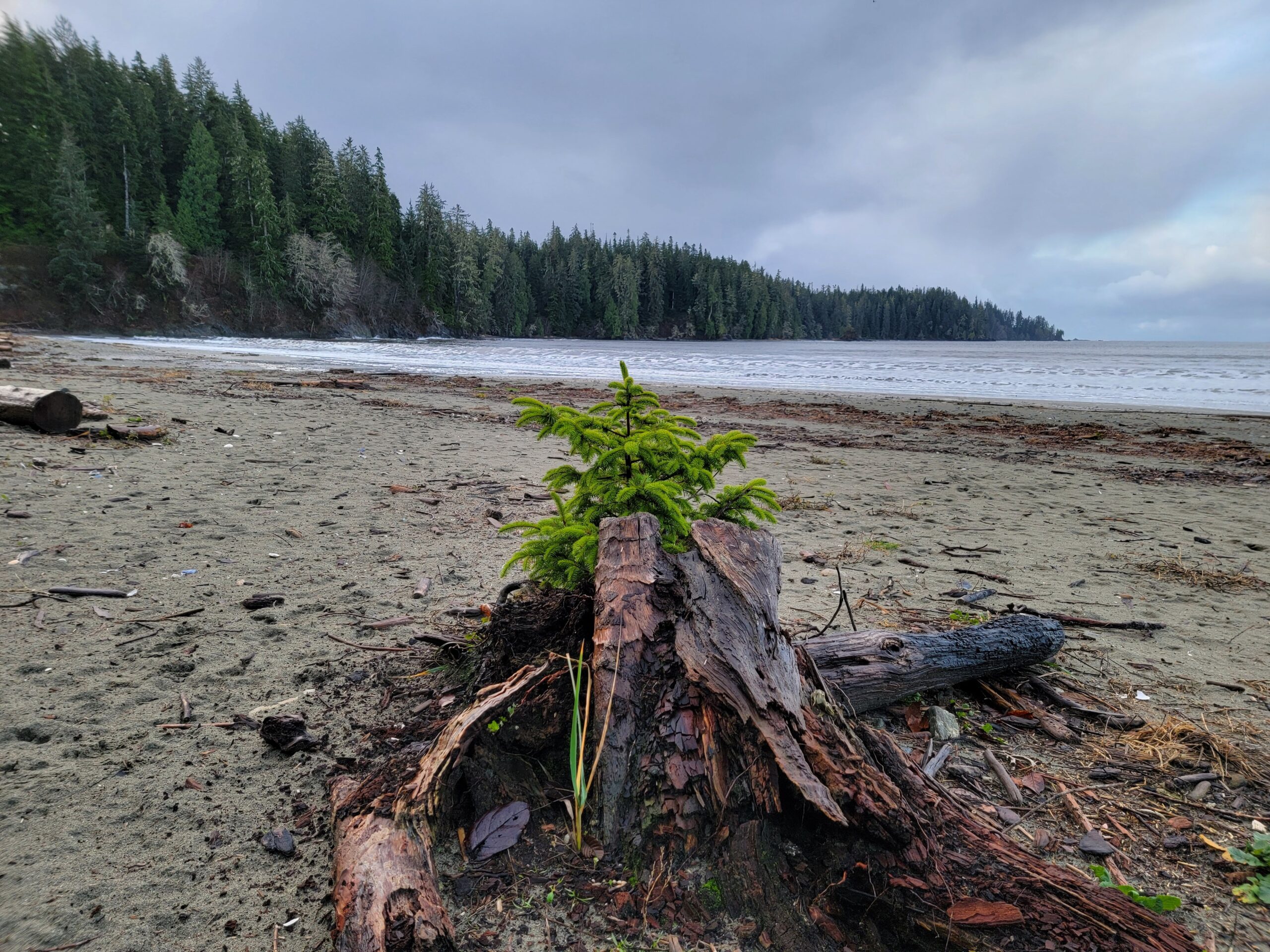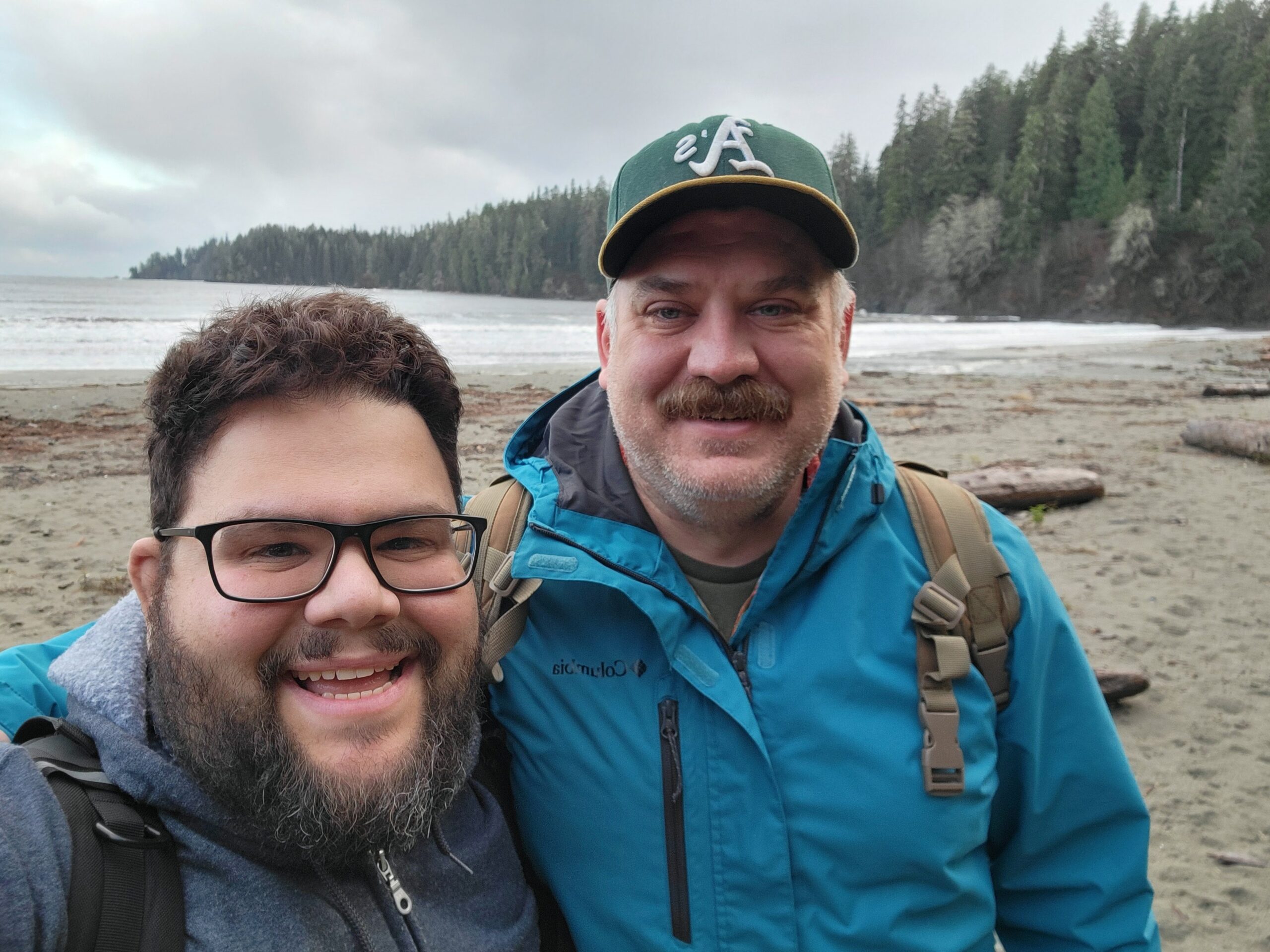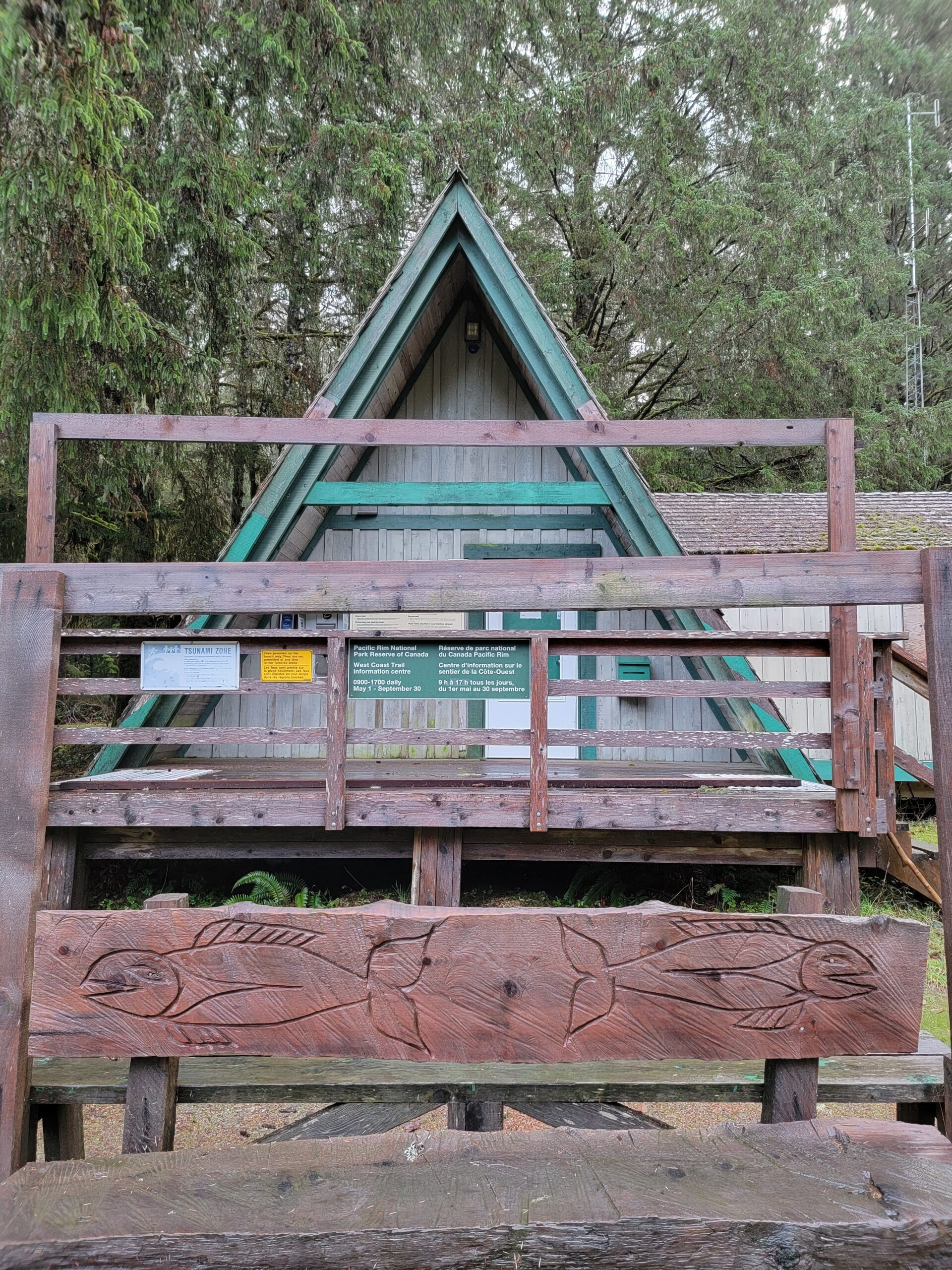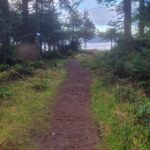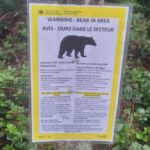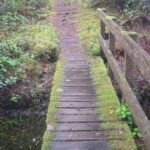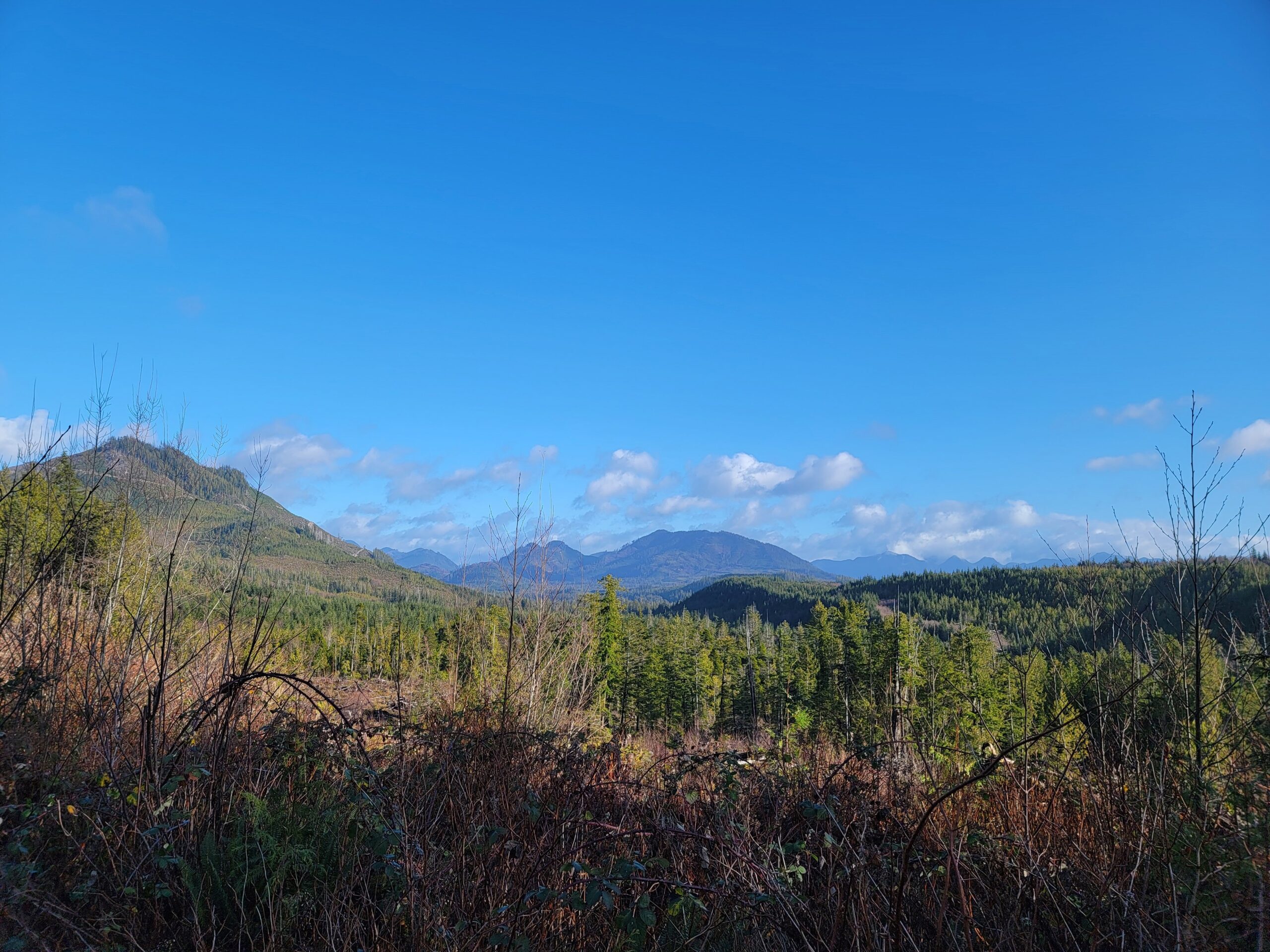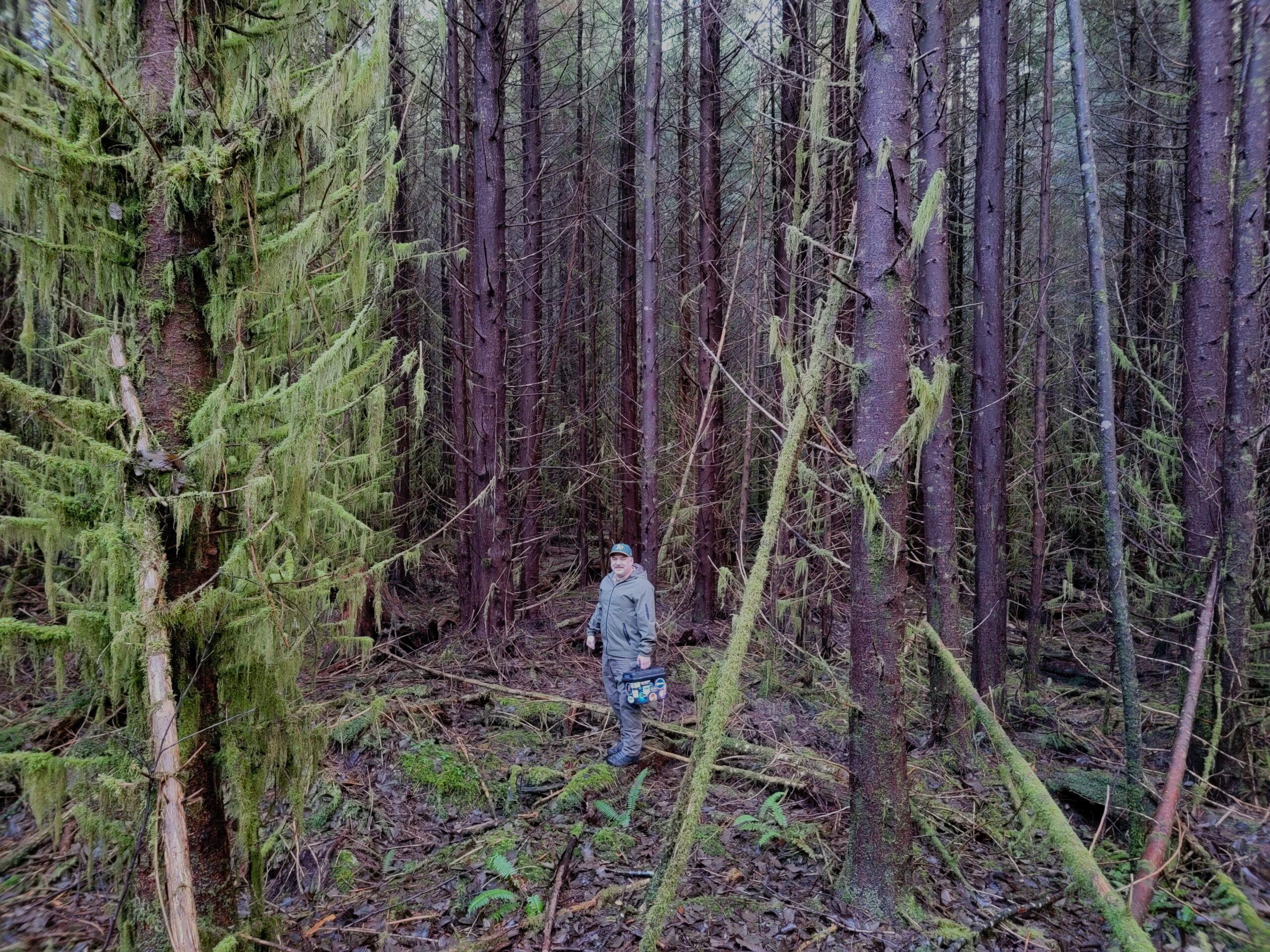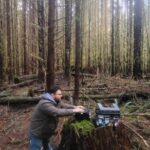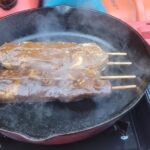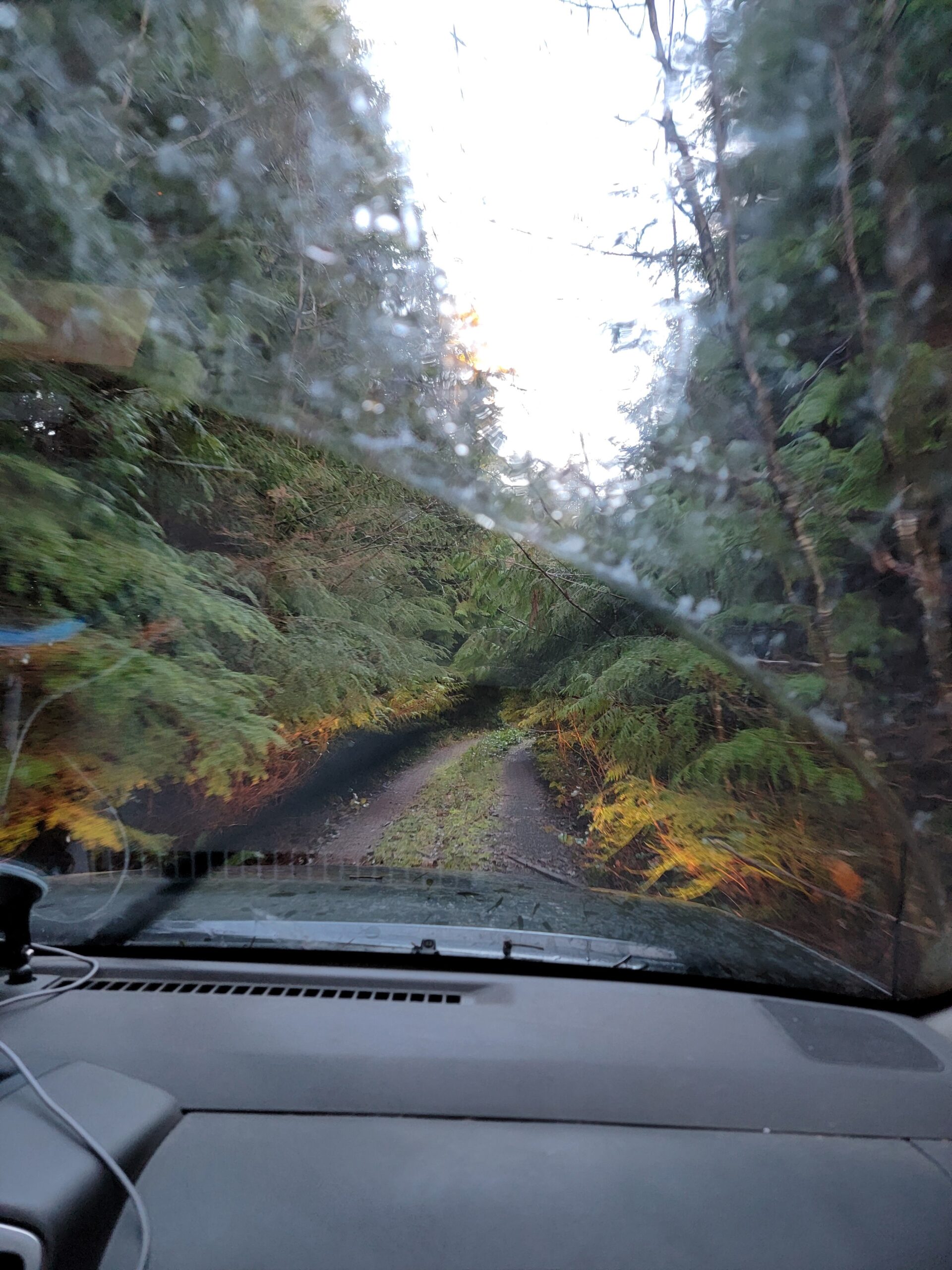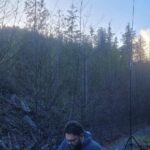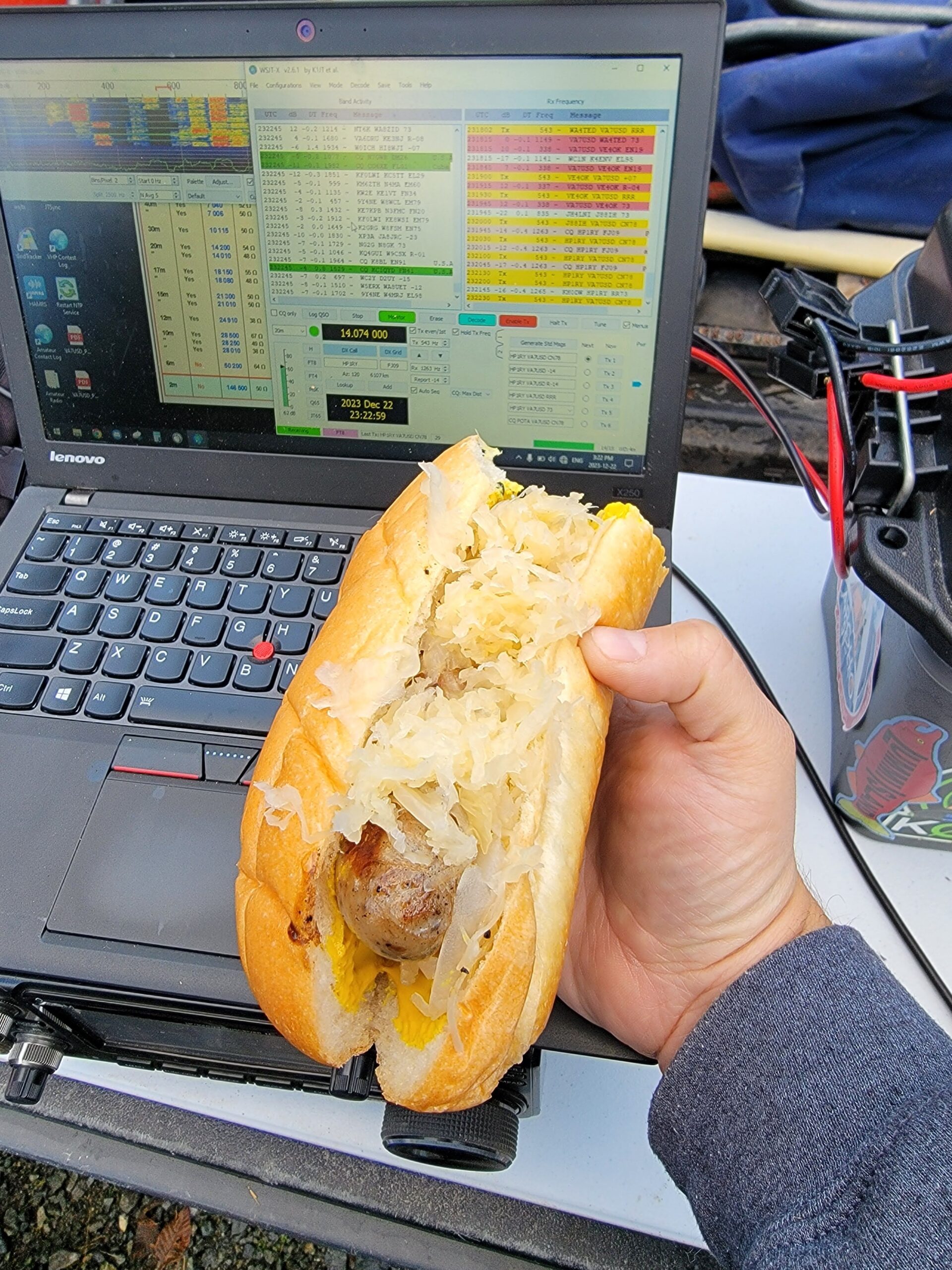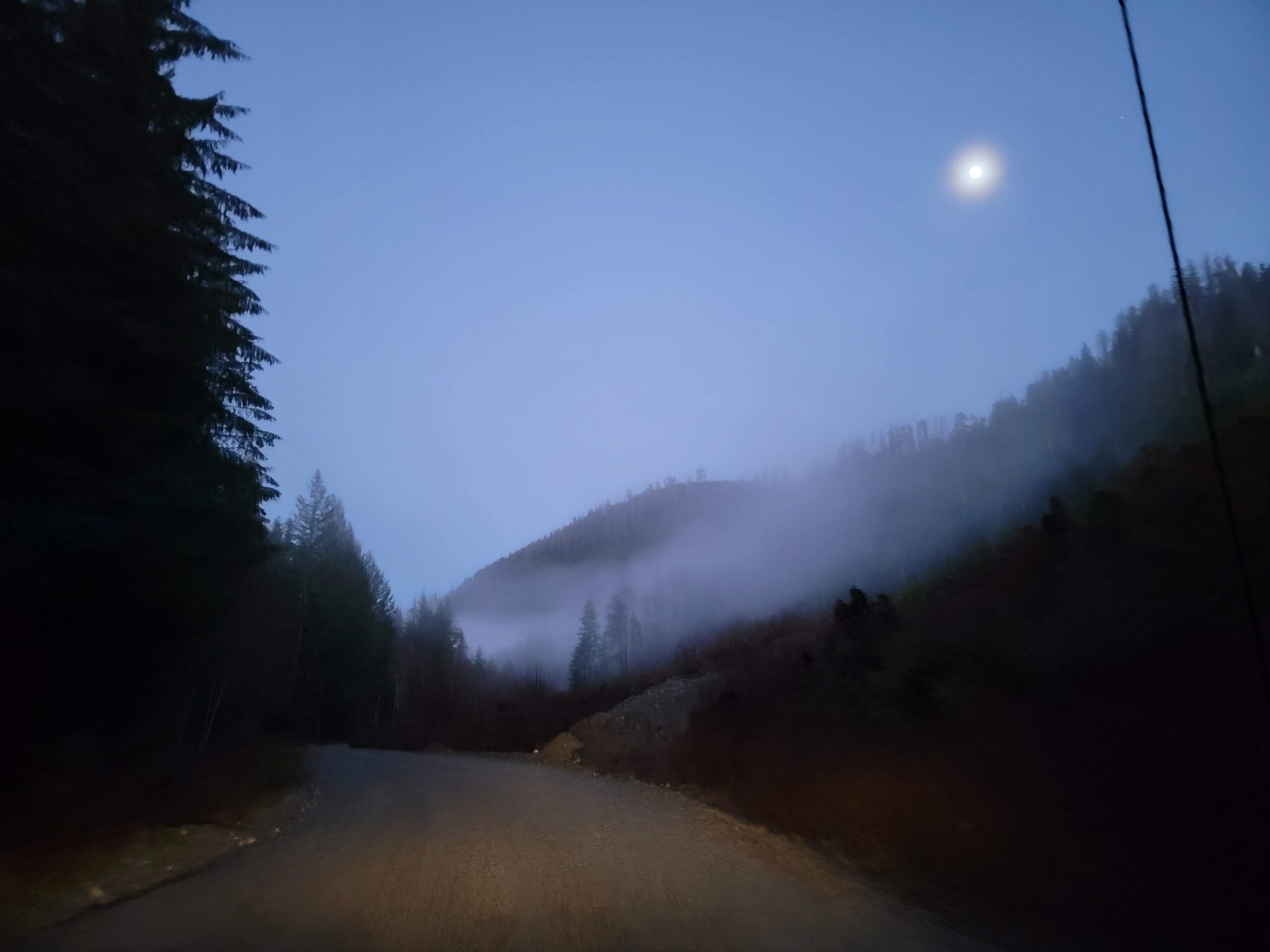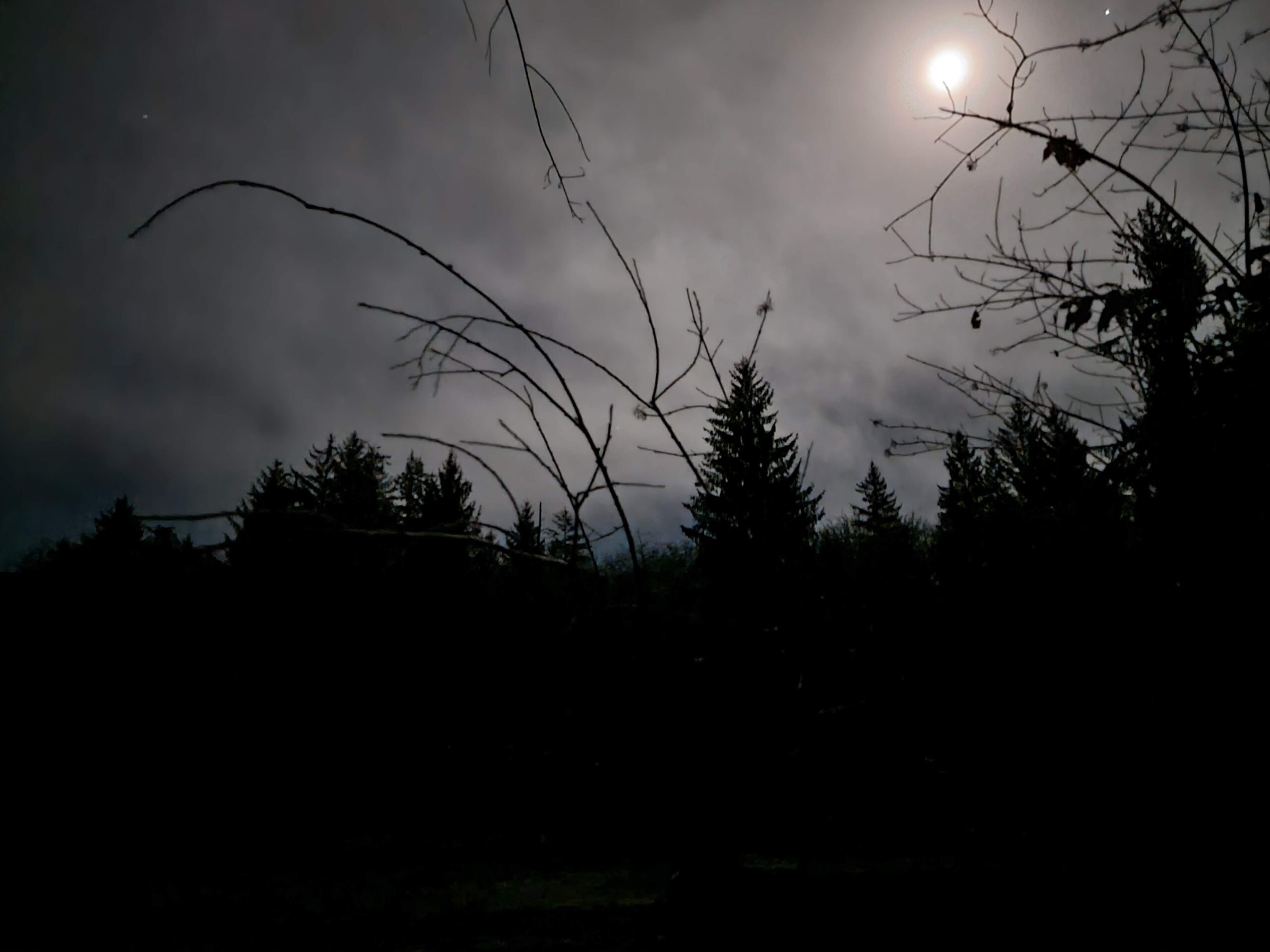
After activating an all-time new park and inadvertently earning a POTA activator award, #TeamTopLeft were hooked on getting some mud on the truck and signals into the air. But what could top a day like that? How about activating three all-time new parks in one day?
VA7FC got to work scouting new paths to previously untouched parks. Looking at logging roads, satellite data, and insider info from locals, he pieced together a route that would take us to several destinations, deep in CN78.
Our first stop was the start of the West Coast Trail (POTA VE-5344), located within Pacific Rim National Park Reserve (POTA VE-0066). The 75-kilometre (47-mile) West Coast Trail is part of the ancient paths and paddling routes used for trade and travel by Indigenous tribes. After colonization and the number of ships sailing the Juan de Fuca Strait increased, so too did the number of shipwrecks and drownings along the coast. In time, the coastline became known as “the Graveyard of the Pacific.”
Now, Parks Canada calls the West Coast Trail (WCT) an iconic backcountry, multi-day backpacking trail and a bucket list challenge for many hikers. Hikers climb more than 100 ladders with a heavy pack, trudge through deep mud, wade through mountain-fed rivers in fast-flowing hip-deep waters, and push through whatever weather the wild West Coast delivers — often driving wind and rain.
The Pachena Bay trailhead starts near Bamfield, more than 200 km from our home QTH. The site is a campground and registration spot for the trail. It is also the site of two historical shipwrecks; the Alaskan shipwreck of 1923 and the Soquel shipwreck of 1902. Unfortunately, neither of which are visible above the waterline.
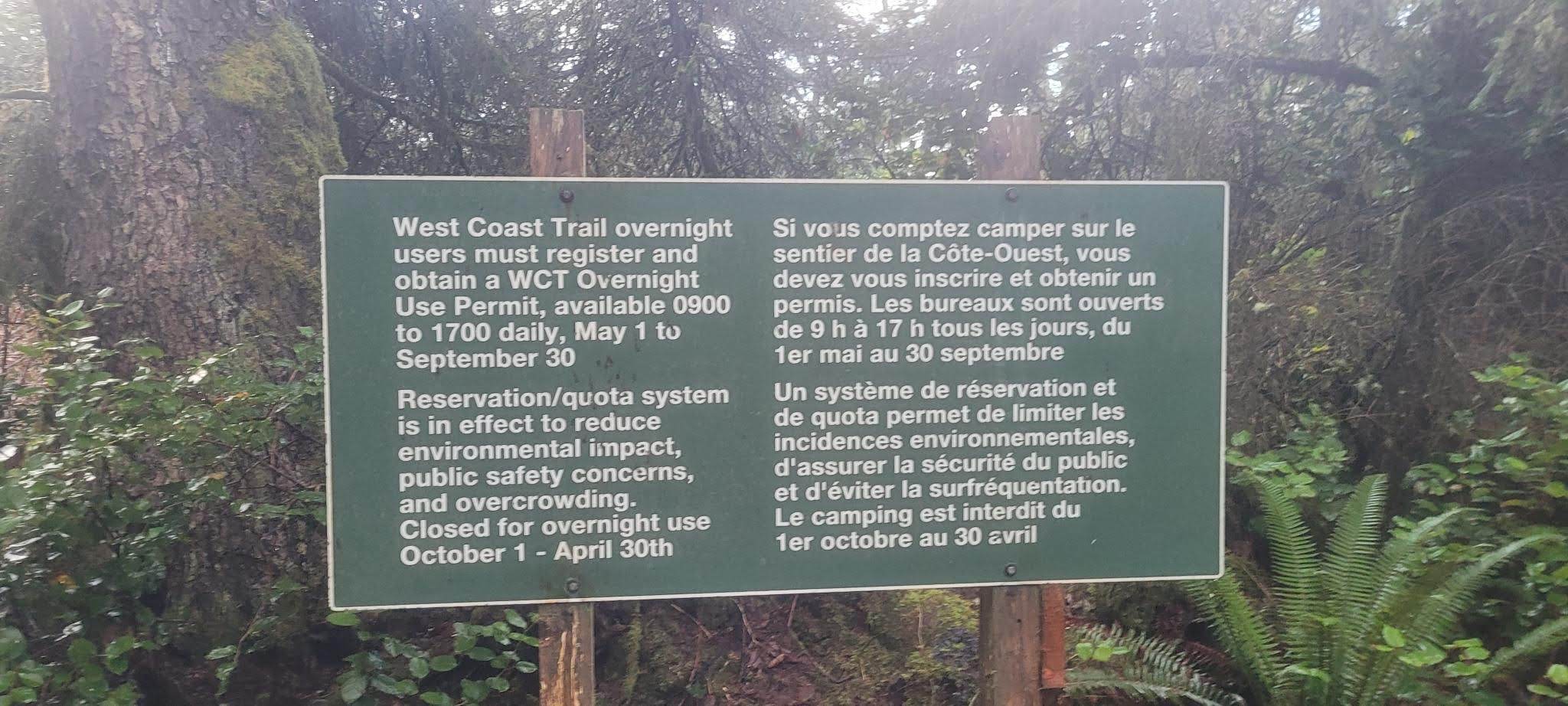

Getting on the air was easy enough, and we got to work making contacts, including FT8 DX to the Rebel DXexpedition to East Kiribati (T32TT) and Alaska (WL7CG) and SSB into Spain (EA3JE) and Massachusetts (K1SIP).
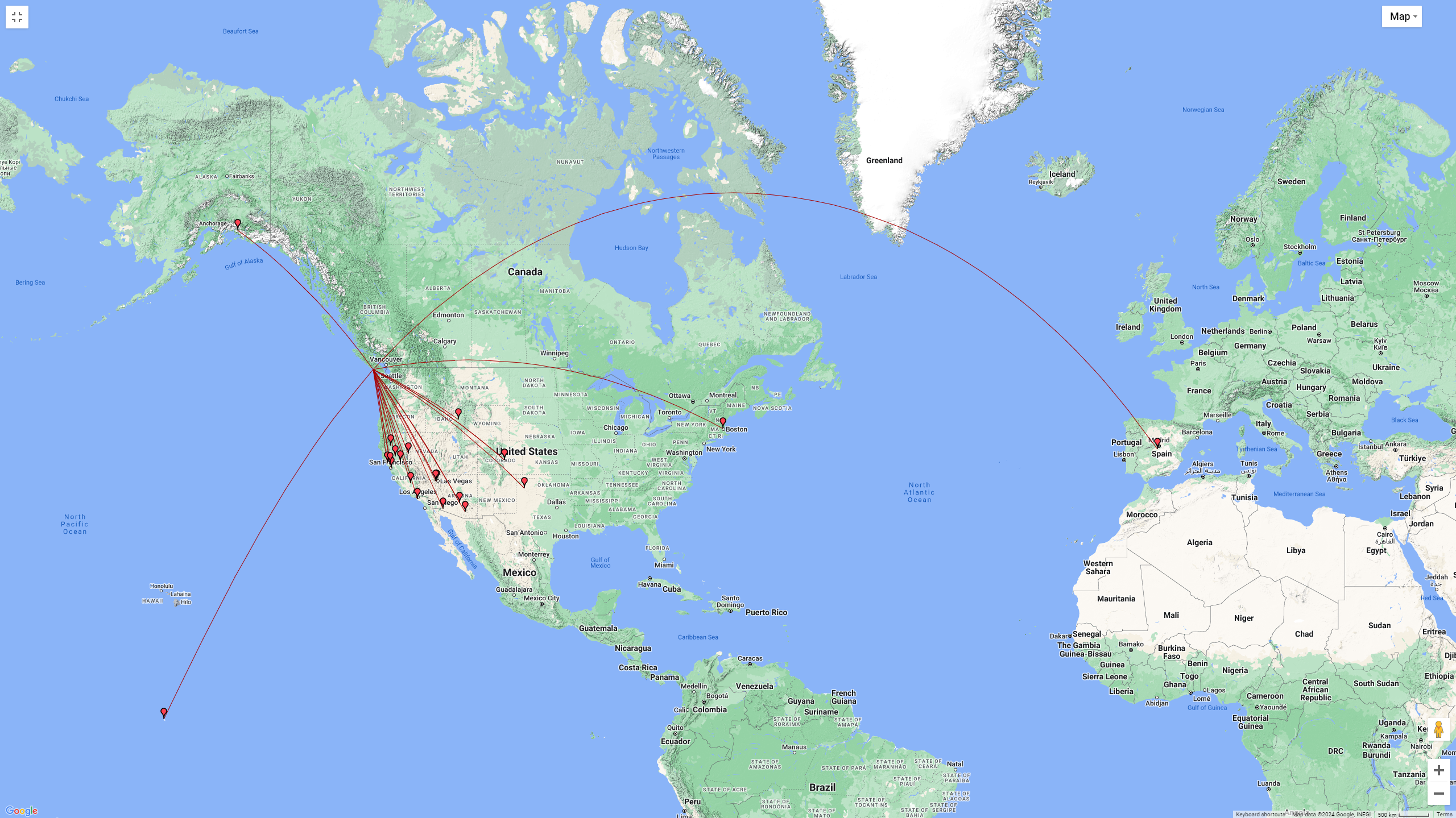
After a few hours on the air, we decided to cut the Trail activation short to try and push for some stretch goals. We were about 3 hours from home, with lots of daylight and extra fuel left. So we packed up, got back in the truck, and headed to our next target; the never-activated Klanawa River Ecological Reserve (POTA VE-3696). The area was established to protect old growth forest communities including one of Canada’s only populations of Redwood Sorrel (Oxalis oregana), a herbaceous carpet plant that is native to British Columbia, but requires the shade and moisture of tall trees in a rainforest to thrive.
We trekked into the park, and set up on a stump. It wasn’t the most comfortable setup, so we got our contacts via FT8 and headed back to the truck for some lunch. No exciting DX, probably on account of our position within a decently dense forest. Still, it was an all-time new activation, so congrats to the lucky contacts!
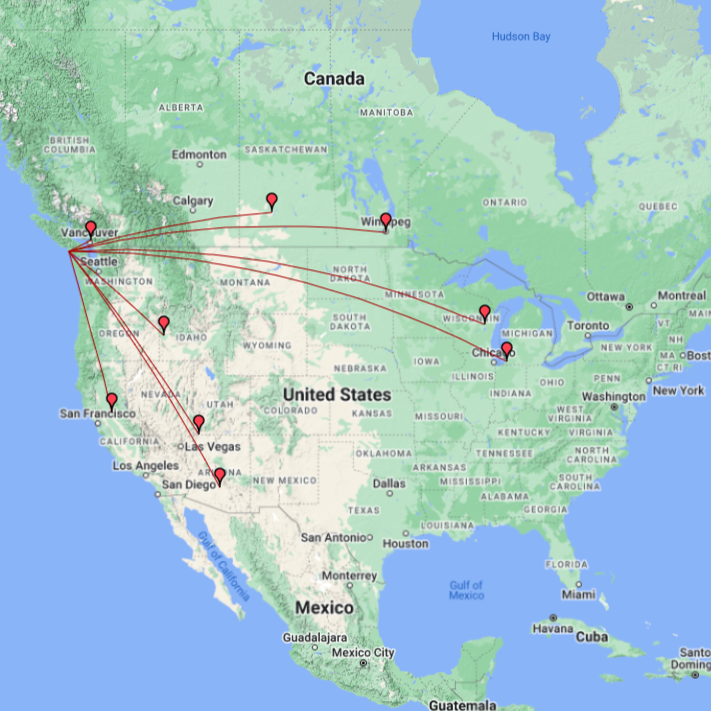
After a few hours on the air, we knew we had to push for some stretch goals. We packed up, got back in the truck, and headed to our next target; the never-activated Hitchie Creek Provincial Park (POTA VE-3604).
Nestled in the Nitinat Lake watershed, Hitchie Creek Park protects old-growth lowland rainforest as well as river and lake ecosystems. BC Parks says the creek provides a key wildlife corridor for large species moving through the watershed, such as Roosevelt elk, black bears, cougars and wolves. A wide range of species, from salamanders to songbirds, reside in Hitchie Creek Park, which also protects potential habitat for species at risk like the endangered Marbled Murrelet and Keen’s long-eared myotis.
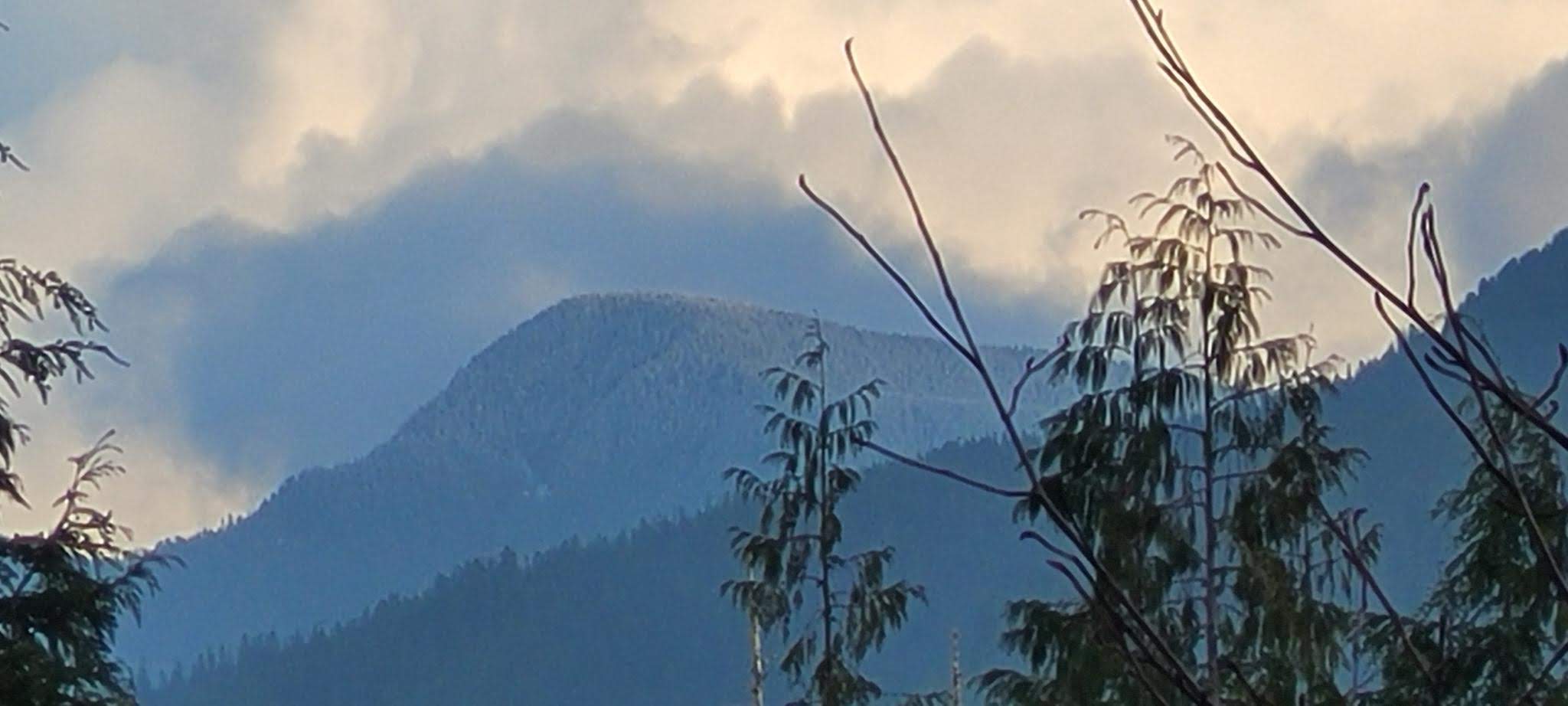
The park has no facilities, but the park boundaries cross a logging road. By this point, we were losing daylight and activated the park from the back of the truck. Second lunch was served while getting FT8. (gotta keep our strength up!) No major DX, but the bands were shifting and we were getting into the East Coast easily.
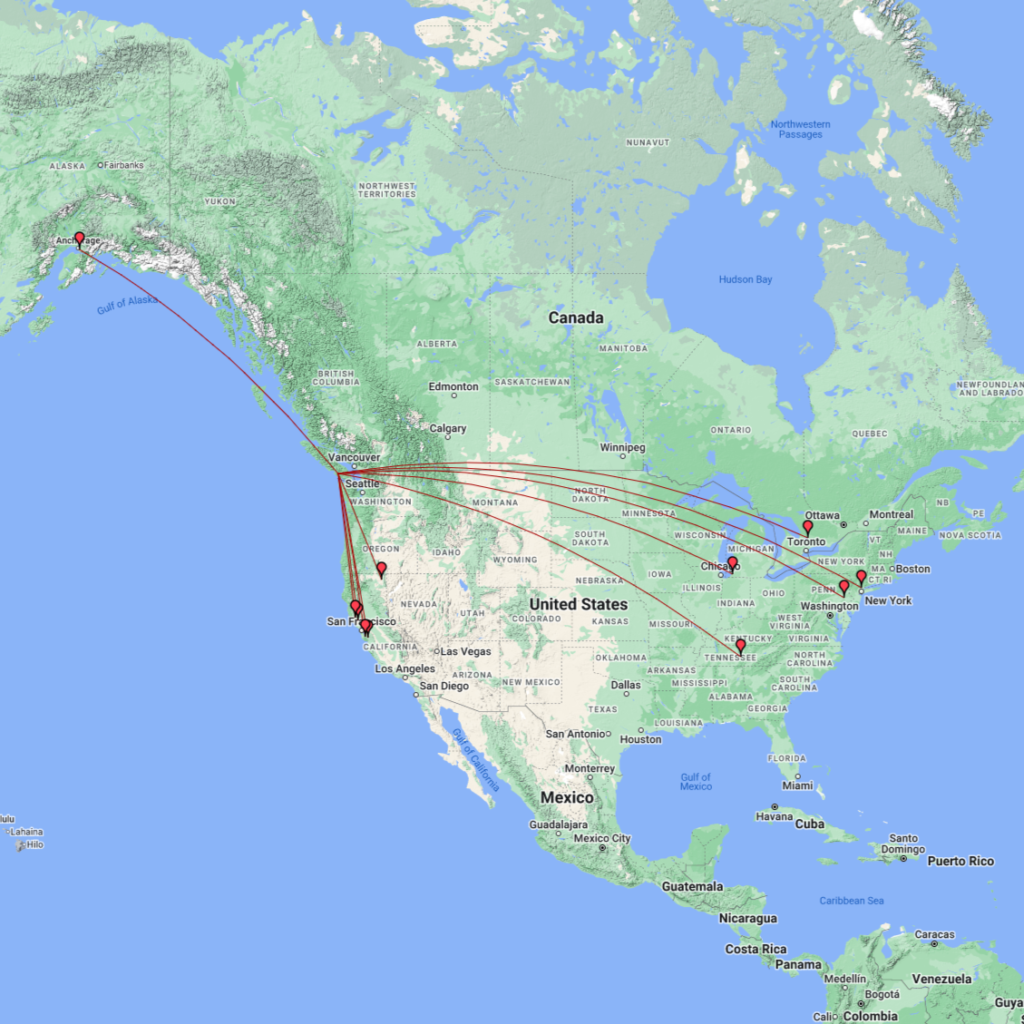
At this point, we’ve activated three all-time new parks, but we can’t stop now. The truth is, we are deep in the bush and it’s unlikely we will be out this way again this season, so why not make the most of it and hit a park that is new to us? We folded up the tailgate and headed to our last spot, Nitinat River Provincial Park (POTA VE-3903).
The Nitinat River flows through lush forest and is an important system for wildlife and salmon and is significant to local Indigenous communities. This wilderness park, which protects a variety of rare and endangered plant species, has no developed camping or day-use facilities, aside from a rough, unmaintained route leading from the roadside to the river. The only way to access it is along logging roads heading out of Port Alberni, Cowichan Lake and Port Renfrew.
The park was on our way home, but by the time we got there, it was completely dark. We pulled up besides a rushing river, with only the truck lights to help us set up. Nonetheless, we managed to make some FT8 contacts before our luck completely ran out and we ran into a bear, cougar, or worse.
While this wasn’t an all-time new park, this was only the second activation; if you add up all the QSOs, only 37 people have ever hunted Nitnat.
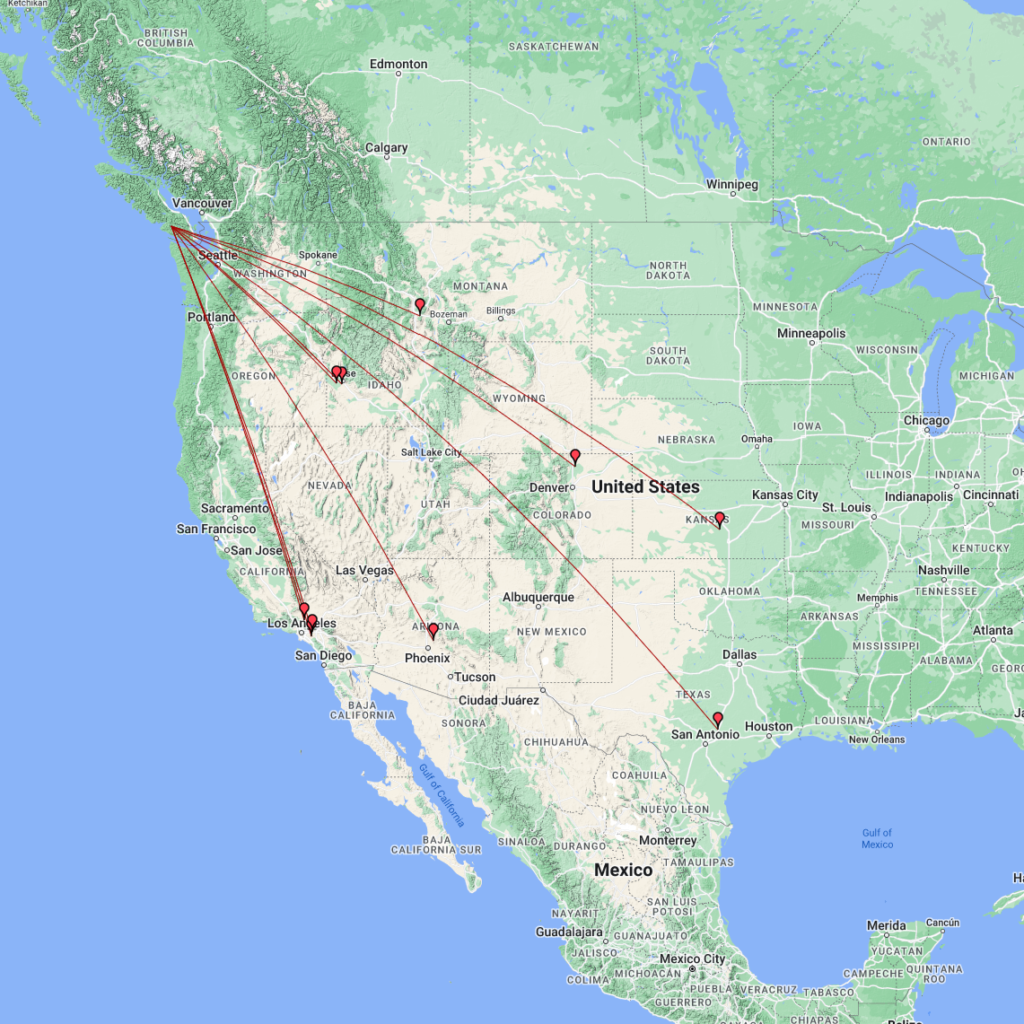
Looking back, it was a wild ride, through mud, washouts, and wild weather. It rained on and off during the rove, but luckily we managed to avoid the rain while operating. We logged hundreds of kilometers across logging roads and managed to come out of it safely. We missed another warthog rover award by only an hour or so, which was a bummer. But knowing we hit new parks for ourselves and others is a huge win and a big reason why we gas up the truck and get out there.
Big thanks to the hunters and other park activators who pulled us out of the noise from Vancouver Island’s wild and rugged West Coast.
73!
#TeamTopLeft



